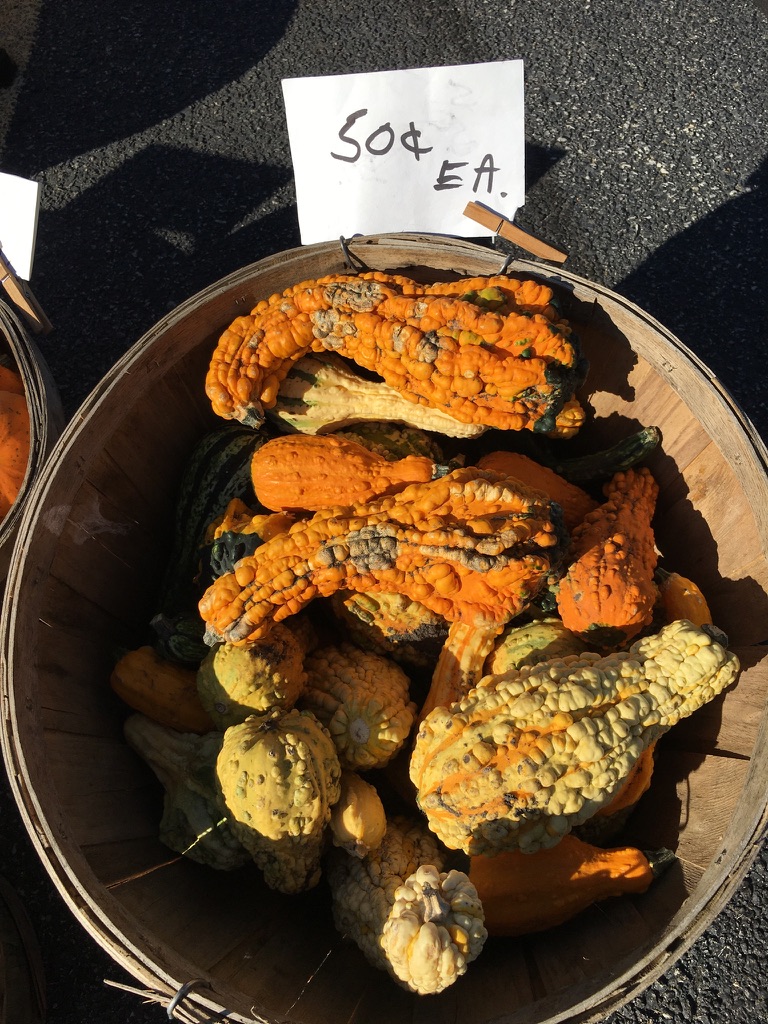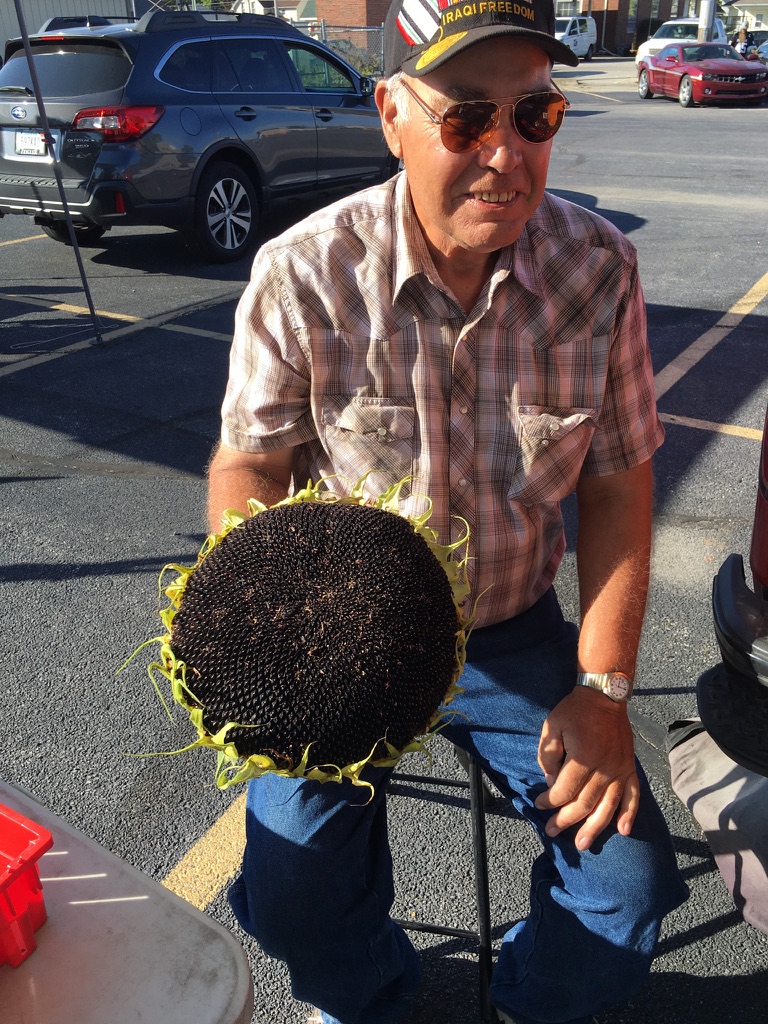The strategic advantage that is the foundation of every credit union is its local roots. Local does is not just a geographic focus. It includes connections, relationships, reputation and knowledge that extends back years, or even generations.
This advantage allows members to see the coop as part of their community. It is a financial and physical presence that helps define the character and economic opportunities for their neighbors.
Unfortunately some actions can compromise this long standing presence, especially mergers which often eliminate any vestiges of a credit union’s roots. No more local employment, direction, or participation in community life and leadership remains. Only a virtual connection is left, which may serve some well, but others not at all.
An Example of Why Community Matters
Sometimes it is easier to see this critical role from another industry’s perspective. The following is the story of both the demise and the resilience of local newspapers. This editorial is from the October 23, 2024 Falls Church News Press.
This week is an especially sad one in the hometown of our editor. Following the termination last year of the publication of the Santa Barbara News Press, after over 100 years, this week its remains were being sold off in an online auction, bit by bit, pennies for the dollar.
Meanwhile, the old Spanish Days-styled News-Press building downtown is gutted, like mugged stabbed and left for dead behind a dumpster where so much activity and discourse on the direction of the community took place daily for so many years.
A supporter of this News-Press for which this Falls Church one was named, and where our editor began writing while in high school, made the point last week talking about the importance of community newspapers:
It’s not just about news, per se, but about the dialogue on the interests and future of the community that is a local newspaper’s essential component. It isn’t about whether or not a newspaper’s slant or editorial content is agreed to or not, but it is the way in which the newspaper enters the homes of residents, by way of being gathered off the roof or out of a rose bush as tossed by a wayward delivery boy, and read and discussed for its contents in the midst of the daily life of the community which makes it so essential.
It is the entry point for a community-wide dialogue involving everyone. It is a proxy for the community itself, as it were, its agora, or public meeting space as per the ancient Greek city-states, delivered ito every home where matters are fleshed out and elevated to everyone’s common interest and concern.
This is what a newspaper is, and to be its best, it has to be in print form in full physical, sensual and tactile presence, to function most adequately and widely where no element of an entire community can be neglected or dismissed. Also, at best it is the product of a member of that wider community, a citizen exercising a calling to provide the service in question according to the highest of principles, and not the government, to most effectively trigger that community engagement.
The Credit Union Parallels “When At Their Best”
While the functions of a local newspaper and financial institution are very different their contribution to a sense of community is similar.
The daily role and public need for local community financial institutions mirror many of the same contributions of a local newspaper. The credit union’s presence is seen, it is locally directed by those who view their roles as volunteers or employees as a “calling.” It is the collective for borrowing and savings by individuals and organizations to better their futures. Finance, like news, is an essential service.
Decisions made locally for the welfare of all give cooperatives a special function alongside the many other institutions vital for living and working together in common purpose. By design they pay their success forward to benefit future generations.
(Note: For a current example see press release, 717 Credit Union Launches “Forever Youngstown” Initiative)
These coop business virtues sustain both large and small credit unions. They contribute to a sense of shared identity that is more than just geographic boundaries. Financial services is a critical part of the fabric of any community in which individuals choose to establish their identify and live their lives.
When credit unions make this contribution they are showing their”best selves.” Unfortunately other motivations and temptations can come along that negate these cooperative advantages. That situation will be the subject of a future case study.








.4e964e48.jpg) Been searching for years for the original Indian meaning of that name. Recently, a friend told me he knew the origin. He said, it’s in the dictionary: “Uwharrie” means “unknown”. Really?
Been searching for years for the original Indian meaning of that name. Recently, a friend told me he knew the origin. He said, it’s in the dictionary: “Uwharrie” means “unknown”. Really? “Downtown” the candy-striped awnings and improvised handicap ramp of Badin Town Hall and Police Department adjoin the Masonic Lodge #637. Then comes the post office with its single window, fleet of post office boxes, and well-used community bulletin board. Shading the post office is Memorial Park, flanked by a cedar tree honor guard for the seven Badin soldiers who died in World War II. And, out of sight up a short dirt road, is the best named roadhouse on the planet: The Bottom of the Barrel Disco and Cafe; now vacant, having recently burned to the ground. Bet that last party was a great one. Sorry to have missed it!
“Downtown” the candy-striped awnings and improvised handicap ramp of Badin Town Hall and Police Department adjoin the Masonic Lodge #637. Then comes the post office with its single window, fleet of post office boxes, and well-used community bulletin board. Shading the post office is Memorial Park, flanked by a cedar tree honor guard for the seven Badin soldiers who died in World War II. And, out of sight up a short dirt road, is the best named roadhouse on the planet: The Bottom of the Barrel Disco and Cafe; now vacant, having recently burned to the ground. Bet that last party was a great one. Sorry to have missed it! The beauty of Credit Unions used to be something you couldn’t easily wrap, bottle, or “spin”. Badin FCU is no longer there to make a difference – gone the way of merger. There are no longer any banks or credit unions in Badin. The aluminum plant, too, is gone.
The beauty of Credit Unions used to be something you couldn’t easily wrap, bottle, or “spin”. Badin FCU is no longer there to make a difference – gone the way of merger. There are no longer any banks or credit unions in Badin. The aluminum plant, too, is gone.